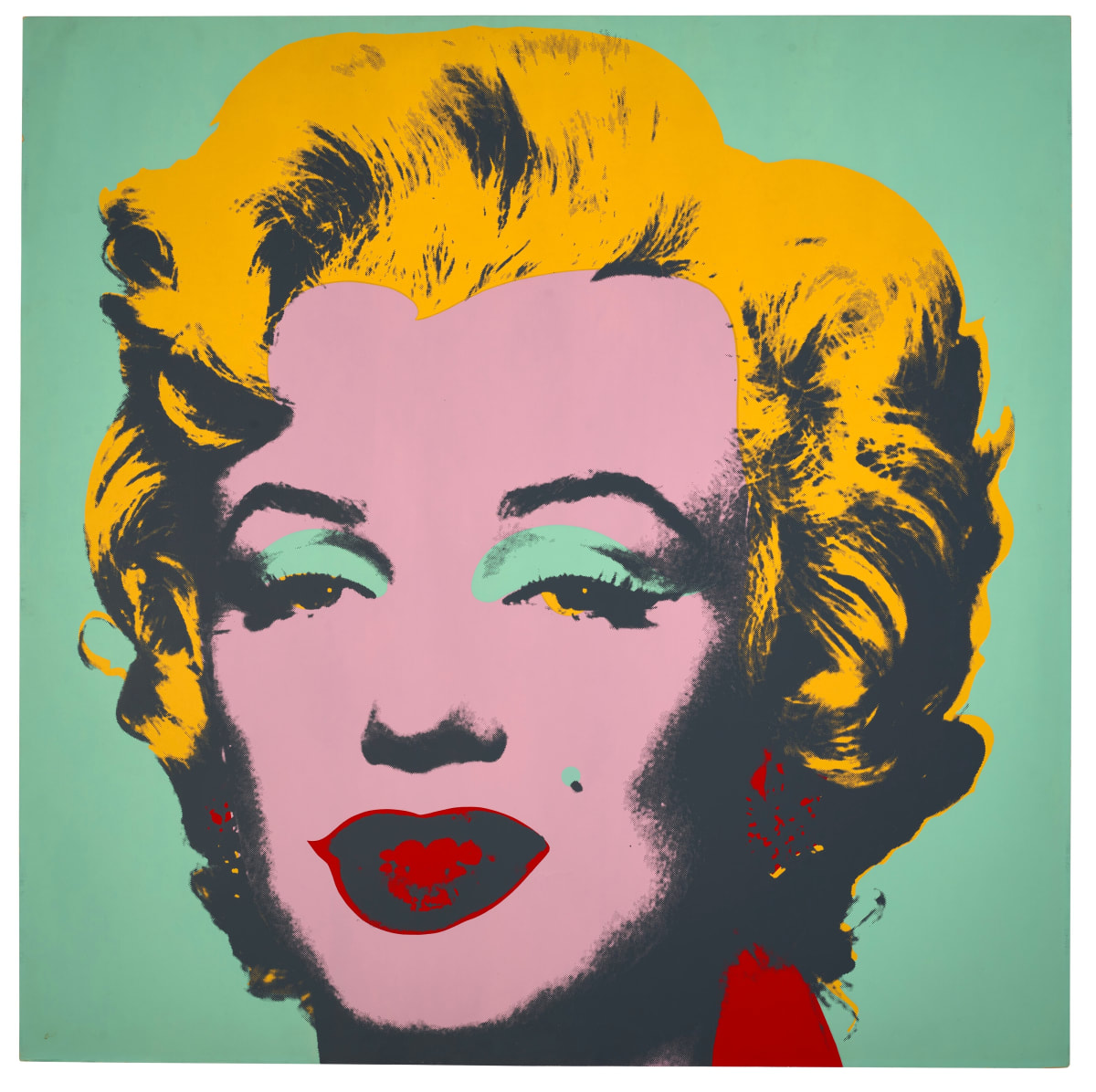
Born in 1928 in Pittsburgh, Pennsylvania, Andy Warhol emerged as a leading figure in the 1960s Pop Art movement. Pop Art challenged traditional notions of fine art by incorporating elements of mass culture, such as advertising, consumer products, and celebrity icons, into artistic expression. Warhol embraced this aesthetic, blurring the lines between high and low culture with his vibrant silkscreen prints and provocative subject matter. Originally beginning his career as an illustrator, Warhol became a central figure within the pop art movement helping to both define and push the boundaries through film, performance art and, of course, the visual arts.
At first glance, Warhol's art may appear simplistic, with its repeated imagery and bold colours. However, a closer examination reveals a rich tapestry of symbolism and meaning. One of Warhol's most iconic motifs is Campbell's Soup Can, which he famously declared as his favourite subject. The soup can serve as a symbol of mass production and consumerism, reflecting the rise of commercialism in post-war America. By elevating a mundane household item to the realm of fine art, Warhol challenged conventional notions of artistic value and authenticity.
Similarly, Warhol's portraits of celebrities, such as Marilyn Monroe and Elvis Presley, explore themes of fame, identity, and mortality. Through his repeated images of these cultural icons, Warhol highlights the transient nature of celebrity and the commodification of fame in modern society. The use of bright, eye-catching colours further emphasises the artificiality of media representations, inviting viewers to question the authenticity of the images they consume.

Another recurring motif in Warhol's work is the dollar sign, which he often depicted in various forms, from simple black-and-white renderings to elaborate multicoloured compositions. The dollar sign serves as a potent symbol of capitalism and materialism, reflecting Warhol's fascination with wealth and consumer culture. By appropriating this symbol of economic power into his art, Warhol invites viewers to contemplate the relationship between money and happiness in contemporary society.

Beyond his iconic imagery, Warhol's use of techniques such as silkscreen printing and photo manipulation further enhances the layers of meaning in his art. These mechanical processes underscore the mass-produced nature of his work, blurring the distinction between original and replica. By embracing technology and embracing the aesthetics of mass production, Warhol challenged traditional notions of craftsmanship and artistic authenticity.
His influence extends far beyond the realm of art, shaping popular culture and inspiring generations of artists to come. His innovative approach to imagery and his willingness to confront taboo subjects paved the way for the Pop Art movement and revolutionised the way we perceive art in the modern world. Today, Warhol's works continue to command record prices at auction houses around the world, attesting to his enduring relevance and impact.
Through his bold imagery and provocative subject matter, Warhol challenged conventional notions of art and society, inviting viewers to question the nature of fame, consumerism, and authenticity. By exploring the latent symbolism and meaning embedded in his art, we gain a deeper understanding of Warhol's enduring legacy and his profound impact on the cultural landscape. As we continue to unravel the layers of meaning in his work,
Explore Andy Warhol prints for sale and contact Andipa Editions via sales@andipa.com or call +44 (0)20 7589 2371 for further information.
